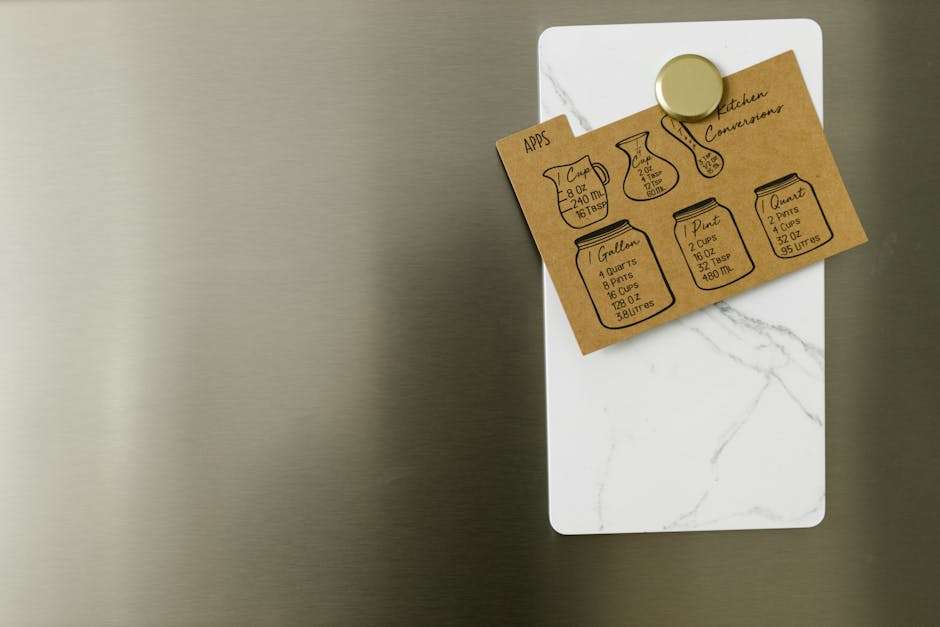How to Start Your Own Culinary Blog: A Step-by-Step Guide
Have you ever dreamed of sharing your culinary creations with the world? Starting a culinary blog is an exciting way to express your passion for food, connect with fellow enthusiasts, and maybe even make some money along the way. Whether you’re a seasoned chef or a home cook with a flair for flavors, this guide will walk you through the process of launching your very own culinary blog, from concept to creation and beyond.
Table of Contents
1. Find Your Niche ??
2. Choose a Platform
3. Design Your Blog ?
4. Create Quality Content
5. Optimize for SEO ?
6. Promote Your Blog
7. Conclusion
8. FAQ
1. Find Your Niche ??
Before you start typing away, it’s crucial to identify your niche. What makes your culinary perspective unique? Are you passionate about vegan recipes, gourmet desserts, or perhaps regional cuisines? By narrowing your focus, you’ll attract a dedicated audience who shares your interests. Plus, having a niche helps your blog stand out in the crowded food blogging landscape.
2. Choose a Platform
Once you’ve decided on your niche, it’s time to choose a blogging platform. Popular options include WordPress, Blogger, and Squarespace. WordPress is often favored for its flexibility and extensive plugin library, making it easier to customize your blog’s features. Consider your technical skills and budget when making this decision.
3. Design Your Blog ?
A visually appealing blog can captivate your audience and keep them coming back for more. Choose a clean, user-friendly theme that complements your culinary style. Keep your design simple and intuitive, ensuring easy navigation. Remember, beautiful food photography is key to a successful culinary blog, so invest in a good camera or smartphone with an excellent camera.
4. Create Quality Content
Content is king, and in the world of food blogging, it must be both engaging and mouth-watering. Here are a few tips:
– Share personal stories behind recipes to create a connection with your readers.
– Write detailed, step-by-step instructions to make recipes easy to follow.
– Use high-quality images to showcase your dishes.
– Experiment with different formats like videos or infographics to keep content fresh.
5. Optimize for SEO ?
To ensure your blog reaches a wider audience, it’s essential to optimize it for search engines. Here are some SEO tips:
– Use keyword-rich titles and headings.
– Incorporate alt text for images.
– Write meta descriptions that entice clicks.
– Build internal and external links to boost authority.
– Keep content updated and relevant.
6. Promote Your Blog
Creating incredible content is just the first step. To grow your audience, you’ll need to promote your blog. Utilize social media platforms like Instagram and Pinterest, which are perfect for sharing visually appealing content. Engage with your audience by responding to comments and joining food-related communities. Collaborate with other bloggers or influencers to reach a wider audience.
Conclusion
Starting your own culinary blog is a wonderful journey filled with creativity, learning, and delicious discoveries. By finding your niche, creating quality content, and optimizing for SEO, you can build a blog that not only showcases your culinary talents but also connects you with food lovers around the globe. Remember, consistency and passion are key ingredients to success. Happy blogging! ?
FAQ
Q1: How much does it cost to start a culinary blog?
Starting a blog can be quite affordable. Basic costs include domain registration and hosting, which can range from $50 to $150 annually. Additional expenses may include premium themes and plugins.
Q2: Do I need to be a professional chef to start a culinary blog?
No, you don’t need to be a professional chef! Many successful culinary bloggers are self-taught cooks who are passionate about sharing their love for food.
Q3: How often should I post new recipes on my blog?
Consistency is crucial. Start with a realistic schedule, such as once a week, and adjust as you become more comfortable. Quality over quantity is essential, so focus on creating valuable content for your readers.
Q4: How can I monetize my culinary blog?
There are several ways to monetize your blog, such as affiliate marketing, sponsored posts, selling e-books or courses, and offering online cooking classes.
Q5: What if I’m not tech-savvy?
Don’t worry! Many blogging platforms are user-friendly, and there are countless online resources and communities to help you along the way. Take advantage of tutorials, forums, and blogging groups to enhance your skills.
